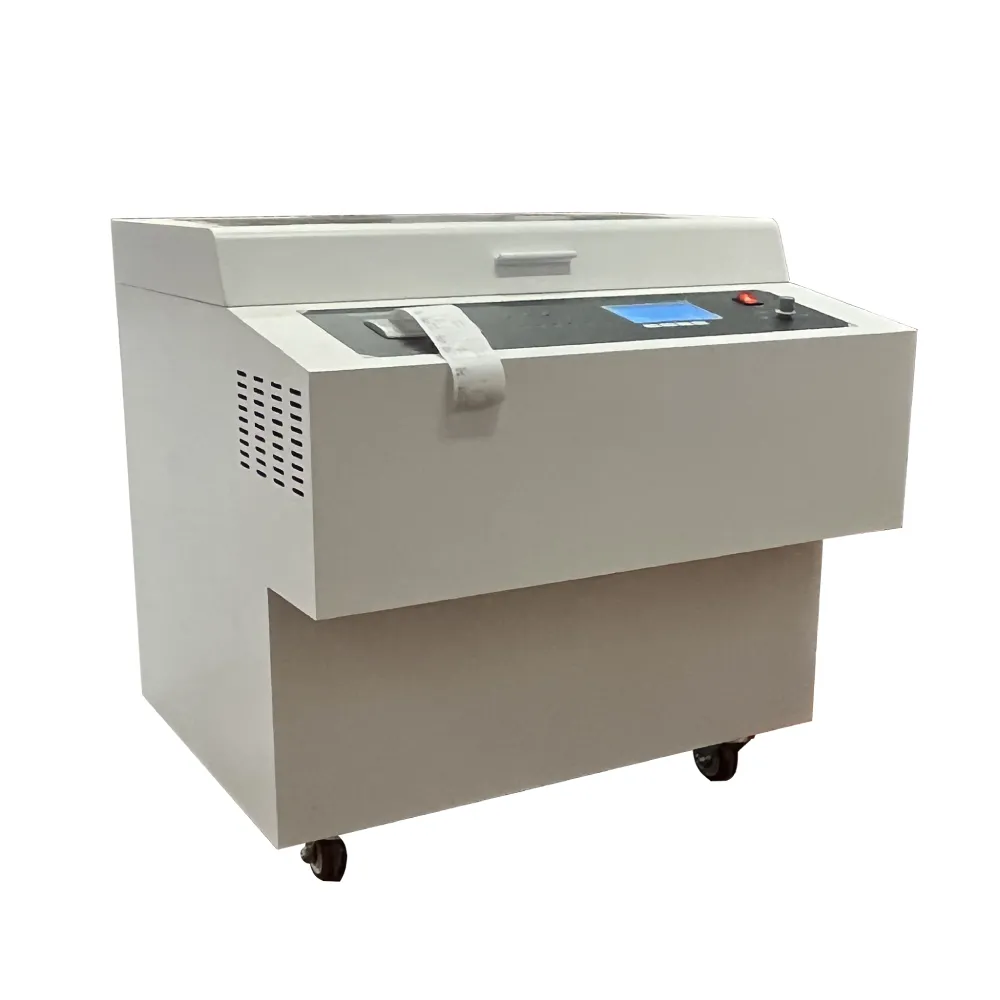 English
English


Innovative Automatic Titration Instruments Enhancing Precision and Efficiency in Laboratory Measurements and Analysis
Automatic Titration Instruments Revolutionizing Analytical Chemistry
In the field of analytical chemistry, accuracy and precision are paramount, particularly when it comes to quantifying chemical substances in various samples. Traditional titration methods, while effective, can be labor-intensive and subject to human error. This is where automatic titration instruments come into play, offering a sophisticated solution that enhances efficiency and reliability in titration processes.
Automatic titration instruments are designed to perform titrations with minimal human intervention. These machines utilize advanced technology to control the delivery of titrant and the measurement of the endpoint, making them invaluable in laboratories across different sectors, including pharmaceuticals, environmental monitoring, food and beverage, and chemical manufacturing.
One of the primary advantages of automatic titration instruments is their ability to improve the precision of titration results. Manual titrating often involves subjective interpretation of color changes or endpoint detection, which can vary between different analysts. Automatic titrators, however, employ sensors to detect the endpoint, providing consistent and reproducible results. This significantly reduces variability, making the results more reliable for regulatory compliance and quality control processes.
Additionally, these instruments can incorporate various types of titration methods, such as acid-base titrations, complexometric titrations, and redox titrations, adding to their versatility. Many automatic titrators are equipped with multiparameter capabilities, allowing users to measure pH, conductivity, and other important parameters during the titration process. This multifaceted approach not only saves time but also enhances the analytical potential of the titration procedure.
automatic titration instruments

The automation aspect of these instruments also dramatically increases throughput. In many laboratories, time is of the essence, and the introduction of automatic titration has allowed for the analysis of a large volume of samples in a shorter period. While a manual titration might take several minutes per sample, an automatic titrator can run multiple samples sequentially, ensuring that laboratories can meet tight deadlines and maintain productivity.
Moreover, the integration of software with automatic titration systems provides users with powerful data management capabilities. Many systems can connect to laboratory information management systems (LIMS), enabling seamless data transfer and retrieval. This enhances traceability and compliance with good laboratory practices. The software can also provide real-time data visualization, allowing analysts to monitor the titration process and make informed decisions on the go.
Cost-effectiveness is another critical consideration. While the initial investment in automatic titration instruments may be higher than traditional methods, the long-term savings can be substantial. Increased accuracy and reduced waste, due to precise titrant usage, lead to lower operational costs. Furthermore, less time spent per analysis means that personnel can focus their efforts on other critical tasks within the laboratory.
Despite their advantages, it is crucial to recognize that automatic titration instruments are not a one-size-fits-all solution. They require adequate training for operators to understand the functionality and limitations of the instruments. Additionally, ensuring proper maintenance and calibration is essential for sustaining the accuracy and performance of these systems.
In conclusion, automatic titration instruments are transforming the landscape of analytical chemistry. With their ability to provide precise, reliable, and efficient titration results, they have become indispensable tools in modern laboratories. As technology continues to evolve, we can expect further advancements in automation and data integration, driving efficiency and accuracy to new heights in the analytical field. These instruments not only optimize laboratory workflows but also pave the way for innovation in research and quality control, ultimately benefiting various industries reliant on accurate chemical analysis.
-
Differences between open cup flash point tester and closed cup flash point testerNewsOct.31,2024
-
The Reliable Load Tap ChangerNewsOct.23,2024
-
The Essential Guide to Hipot TestersNewsOct.23,2024
-
The Digital Insulation TesterNewsOct.23,2024
-
The Best Earth Loop Impedance Tester for SaleNewsOct.23,2024
-
Tan Delta Tester--The Essential Tool for Electrical Insulation TestingNewsOct.23,2024





